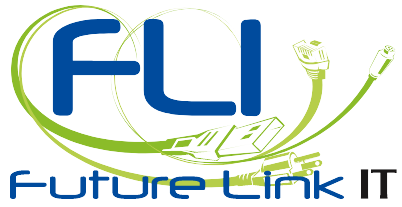
One of the main goals of any business is to drive traffic to their website. And most tech-savvy businesses are aware that their website can be hacked. Many are not aware, however, that one form this hacking can take is a “malicious redirect.”
It’s a malicious redirect when a would-be visitor Googles (or otherwise searches) your business or executive name, only to be taken to a site that is decidedly not yours (sometimes a visibly sketchy one, to boot).
The good news is, Google is not broken. The bad news is, your website has been hacked.
Why do hackers do it?
People always ask “why?”
Hackers can make money from advertising views on the redirected site.
They may send folks to a similar shop-looking site so that visitors purchase items from them, rather than in your company’s online store. In effect, they then capture legitimate sales for themselves, until they’re caught.
At its worst, and if hackers simply want to “take you down,” situations like these can end up shutting down entire operations (Maersk, anyone?). The targets for this type of attack are typically very large companies.
How your website can be hacked
Redirecting from a Google or other search platform link is just one way your website can be hacked.
Another hack can happen directly from a website’s URL, which Google calls a “gibberish hack,” using keywords and phrases in to entice people to click. One way to discern if you’ve been hacked is that the keywords or URL slug of your website may look off.
You might see something that appears to be from your website, but you’ll notice an extra folder where there shouldn’t be, or random letters or numbers at the end of a link. Google gives this made up link as an example: www.example.com/jfwoea/foto-cewe-zaman-sekarang.php.
Lastly, hackers may embed annoying pop-up ads. You see those ads more commonly on mobile devices, but they do occur on websites.
In a typical case, you think you’re going to an article you saw in your newsfeed, only to be interrupted with a “Congratulations, iPhone user!” message. (These ads are a result of malicious code, so don’t click on them; you will not pass Go or collect $200.)
What to do about website hacking
Website hacking takes many forms, but the good news is that, in most cases, the damage can be repaired.
Make sure that your plugins and apps are up to date, and that you have the proper firewalls, ad blockers and other security solutions installed. We can help, with our firewall IT support or a cybersecurity assessment.
Do you already host with Future Link? We offer a full-service website security package that includes WordPress updates, firewall security, malware detection, and malware removal.
Need malware removed from your site? Schedule a call with one of our experts today.

